THE MONSTER’S CHRISTMAS – Q&A with director Yvonne Mackay
Every year at holiday time, film critics and bloggers love to trot out their top-ten lists of seasonal genre classics, sometimes bolstered by a few new additions from the direct-to-video heap. All of which is to say that if you read a lot of genre mags, you’ve probably seen a lot of the worthy classics and curiosities by now. Enter THE MONSTER’S CHRISTMAS, a 1981 New Zealand oddity so obscure that–despite a no-frills region 1 DVD release in 2004–even genre buffs in its home country don’t seem to know about it.
In THE MONSTER’S CHRISTMAS, a little girl falls asleep reading the eponymous storybook, about a group of carolling monsters whose voices were stolen by a jealous witch. She wakes up to discover one of these monsters–a rubbery, gloopy thing oozing smoke out of a hole in its head–clumsily invading her Christmas stocking, and sets off on a strange trip through the many mysterious facets of the New Zealand landscape in order to help the monsters recover their voices.
True, it’s a G-rated kids film. But it’s a kids film that blends the best elements of the GODZILLA mythos with the wackiness of GIMME GIMME OCTOPUS, the colourful DIY musicality of HR PUFNSTUF and the fearless independence of WHERE THE WILD THINGS ARE.
SPECTACULAR OPTICAL tracked down director Yvonne Mackay, who was kind enough to answer a few questions about the story behind this bizarre holiday fable.
What was your personal background up to the point of making THE MONSTER’S CHRISTMAS? I just ask because there seems to be a lot of countercultural flair in the film, in terms of its dream logic and the lone child in a world full of bizarre creatures. In many ways it seems to fit in with films like the Harry Nilsson/Fred Wolf film THE POINT, the work of Sid & Marty Krofft and books like ALICE IN WONDERLAND and WHERE THE WILD THINGS ARE – but it also has that “what the –?” quality of K. Gordon Murray’s roster of films. What kinds of things were influencing you at the time?
From the age of three, I was introduced to just about every nursery rhyme you could imagine. My grandmother, who was my caregiver at that stage, was terminally ill for two years and bedridden at home. I had to sit at the end of her bed, and that’s what we engaged in. As nursery rhymes aren’t always cautionary tales, from a young age I was not afraid of the outcomes of certain stories or actions. I also think that I did understand these things were fantasy and imaginary, because the reality of my life was very protected and quite limited because of that situation. I was able through fantasy to find answers for my reality.
My mother was a policewoman and had therefore seen the worst of people. So when she had me, she kept me under close watch in order to protect me. The only way I could find adventure as a young woman was to look for it within my imagination.
The rest of my life up until that production was always to do with imaginary stories, as I used my school lunchtimes to organise my friends into plays. We always put them on in the last hour of the week at school. Then while I was still at school, I was a youthful radio drama actress and then I began a career of radio drama directing and working in the theatre, both in university and in the repertory theatre in the evenings. Then finally I moved into TV and worked on a soap opera. Then I started my own company, and looked for a gap in the international market – which I saw as high quality children’s drama. THE MONSTERS CHRISTMAS was one of those.
I notice the spine on the storybook the little girl is reading in the film reveals it to actually be COME AWAY FROM THE WATER SHIRLEY by John Burningham – also about a little girl who goes on an adventure. Was this deliberate, or was it chosen randomly?
It was deliberate. I wanted to show the way in which stories can motivate our “real-world” interactions.
THE MONSTER’S CHRISTMAS is listed as being your first film.
It wasn’t my first film actually! I had an earlier short called BLACKHEARTED BARNEY BLACKFOOT, which was sold to French Television 1. You can find it on nzonscreen.com. Again, it’s to do with children finding their own solutions to very scary – this time domestic – situations.
What was the film industry like in New Zealand at that time? Australia was exploding then, but I don’t know if there was a boom in New Zealand simultaneously?
New Zealand’s boom was after THE SILENT ONE in 1983 (making me the first female feature film director in New Zealand), adapted from a Joy Cowley novel about a boy and a big white turtle. We often shot for television in 35mm, and MONSTER’S CHRISTMAS was actually made for television. Before that we shot on 16mm film and this was the standard for an independent film and TV production company like us. Later it was cheaper to shoot on video, but as a principle I always used feature film cameramen to give that feature film look.
[Mackay’s assistant Thomas Coppell adds: “From my understanding the films being made at the time had a really internal New Zealand focus and there was a fair bit of excitement brewing. Lots of new companies were popping up around the place but as Yvonne said, the real New Zealand boom didn’t happen till early/mid-80’s.”]
THE MONSTER’S CHRISTMAS features early work by some other leading lights in the New Zealand film industry – the gaffer Al Bollinger is now a celebrated DP in New Zealand, most notably from Peter Jackson’s films (HEAVENLY CREATURES, THE FRIGHTENERS etc), and the art director Gaylene Preston is now one of New Zealand’s most famous documentarians! What do you recall about working with them on the film?
Al Bollinger I later used on some of my other programmes, and one of the things I remember about him is he loves to storyboard shots. When he’s talking to you he draws, and he draws very well, so he draws in perspective. He draws immediately into shots. As I’m a very democratic director and love using the talent of those around me, I’m very receptive to what people have to offer and relished this with Al.
With Gaylene, I remember that she’s a great storyteller in her own right. She always had that ability, she tells a story to illustrate every point she wants to make. So I remember that her contribution was above and beyond her ability as an art director. What happened in those days, because there was not a lot being made, was that people like her who were going to become the top in their craft would work on children’s films. They’re the most imaginative and demanding films you can ever work on because children are exceedingly critical and can see that they are being given something B-Grade or second best. They don’t make allowances for it – they just switch it off.
I’m pretty sure the DOP was Peter James who we bought over from Australia. He later won an Oscar for DRIVING MISS DAISY.
It was written by Burton Silver, the popular cartoonist – was it based on something he had already written, or did you seek him out specifically for the project?
I had been working with Burton on spoof programmes when I was working within TVNZ and we asked him to write an original piece for children for Christmas and this is what he wrote.
The little girl, Lucy McGrath is so charismatic but her only other film I’ve found a listing for is your follow-up holiday film, NEARLY NO CHRISTMAS from 1983. What’s her story?
Her story was she was auditioned for BLACKHEARTED BARNEY BLACKFOOT. She was an incredible little actress with an extremely high intelligence. Her father became the Dean of our University, and her mother was an extremely fine piano teacher. Because of being a very high achiever academically, Lucy moved away from acting at about 11 or 12. I think she worked in a career of languages to my knowledge and never acted again. We just caught her at the right time.
All the people I know who have seen the film are horror fans, usually ones that started off liking monsters from a very young age – why do you think kids respond to the idea of monsters?
Well, because if one can be brave as a child and master the monsters, then it’s giving children credit for having self-determination. They like the challenge. Like they like to show off that they can say big words, like the names of dinosaurs. The same rules apply – they can say the name, know what they look like and be in charge of them. Monsters are the biggest, scariest things for a child, and they relate to being able to be in control of something bigger than their pet.
It also starts off like a horror film, like HALLOWEEN or BLACK CHRISTMAS – and these predatory POV shots are used frequently throughout the film and give it a scary edge at times. What was the motivation for using POV shots?
It was actually to show that monsters were real. They were around the little girl wanting to go on this episodic journey with her. It’s just a theory of mine that I really like the idea of living with characters and I tend to understand writers (for example Margaret Mahy) living in two worlds: the real world, which as Margaret says starts with breakfast, and the true world which is where your imagination takes you. The POV was intentional to personify the reality which is the monsters.
One of the things I loved about the film is that the monsters eat pictures. So as long as kids keep drawing pictures, they can keep feeding the monsters and safely communing with them – which is a nice way of balancing the light and dark aspects of creativity.
As far as the child went, there are two things about New Zealand: our feminism was set when we were the first to give women the vote, and we have a way of encouraging our young children to do things for themselves. I’m a great believer in the power of young people, especially young women, to overcome great odds even when no one else seems to believe in them. This is a trope I’ve kept throughout my career and you can see it in my recent series KAITANGATA TWITCH, where the lead character Meredith fights down the fierce spirit of a cannibal chief.
Now – tell me about the monsters!
The monsters were based on the violent landscapes of New Zealand – a lot of people are frightened of the forest because people die in the forest here. The Mountain monster was based on Mount Tarawera, which was a live volcano. Only 100 years ago, Mount Tarawera killed 40 – 50 people. As far as mud monsters go, if you walk off the tourist tracks in Rotorua, you fall into hot mud and get scalded and die. The monsters were probably not exactly the guardians of those dangerous places, but representative of the danger those places pose and the ways in which we, by befriending them, can maintain security. The central north island is a very beautiful location which has been used in films frequently. The Lord of the Rings films were shot in Mount Ruapehu and Mount Tongariro, which are all nearby.
Who designed and created the monsters? What were they made out of? How did you make the smoke come out of the mountain monster’s head?
The monsters were drawn by Janet Williamson and Burton Silver. Burton had a lot to do with the design. Tony Rabbit made them out of soft sculpture foam rubber and they were spray-painted to match their environments. Tony Rabbit has since become a very famous theatre designer and lighting director in his own right. Janet Williamson is also a highly regarded TV designer. In terms of the smoke – I really can’t remember but I think it was probably smoke bombs. They were very basic special effects designed by Tony.
Another of the things I found interesting was that when the little girl wakes up Christmas morning, she just goes to the tree and starts opening her presents, there are no parents. Why is that?
The parents weren’t going to have an ongoing role in the story so there was no point in introducing them. Much like the PEANUTS cartoons.
Why isn’t THE MONSTER’S CHRISTMAS more of a seasonal staple in NZ now?
I’m not sure. I imagine it came out on video and people lost interest. The seasonal staples here in New Zealand tend to be foreign films such as LOVE, ACTUALLY and THE SANTA CLAUSE.
——————
See THE MONSTER’S CHRISTMAS in full on youtube HERE:

 December 16, 2012
December 16, 2012 
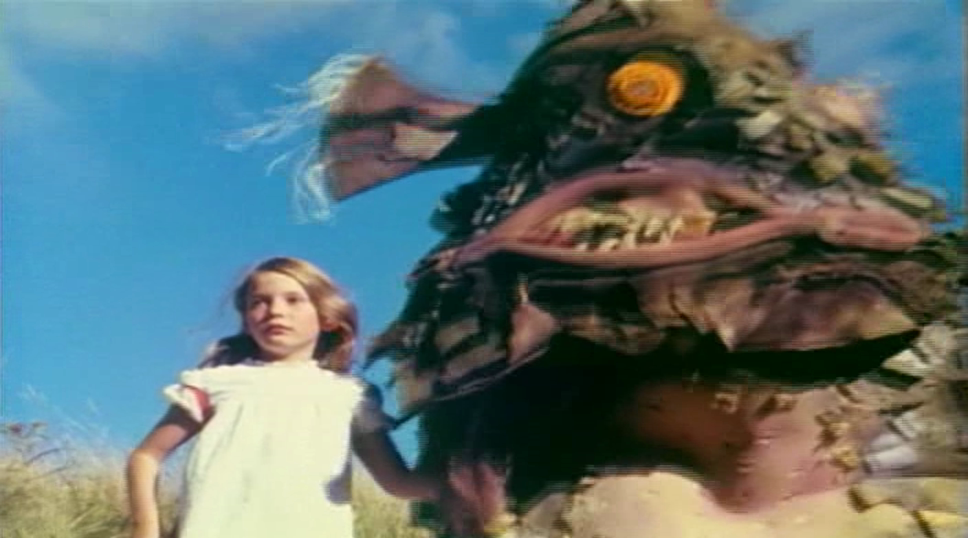
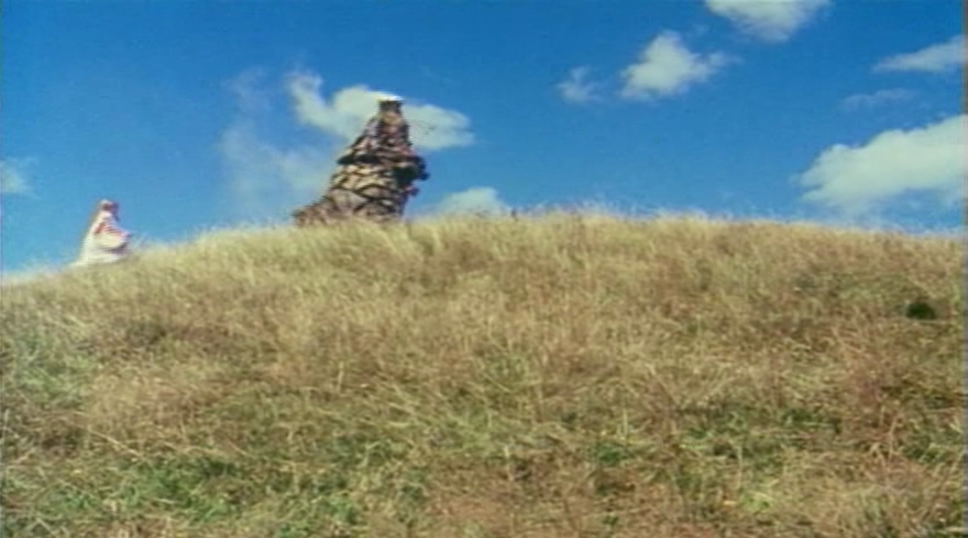
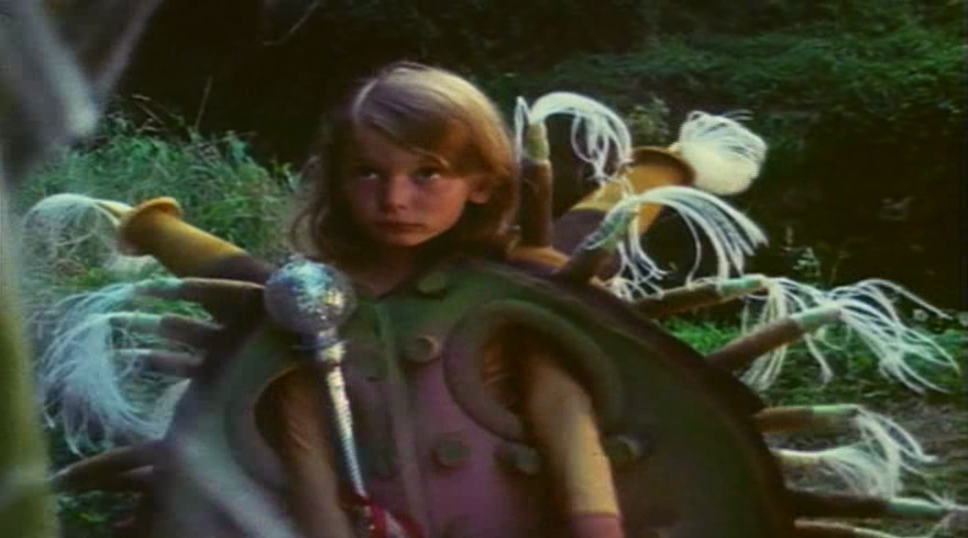
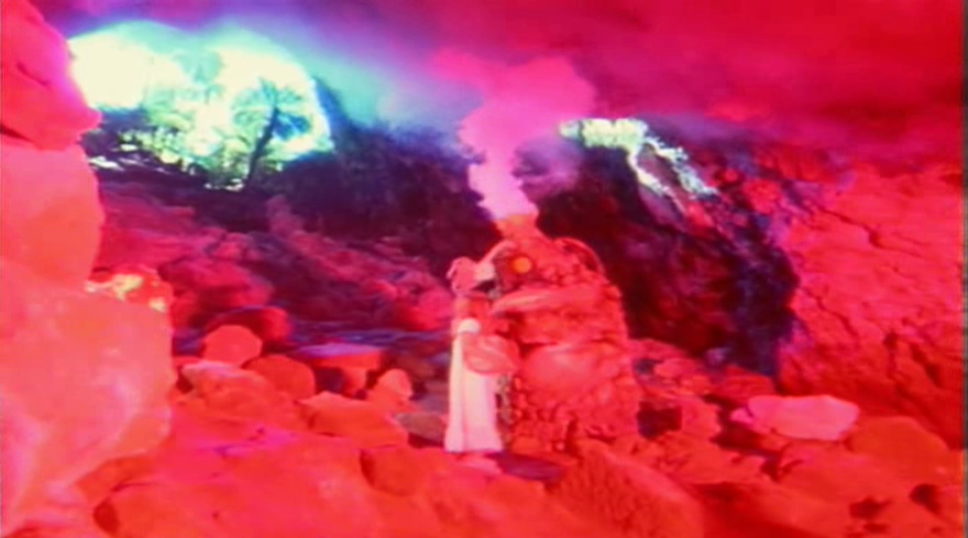
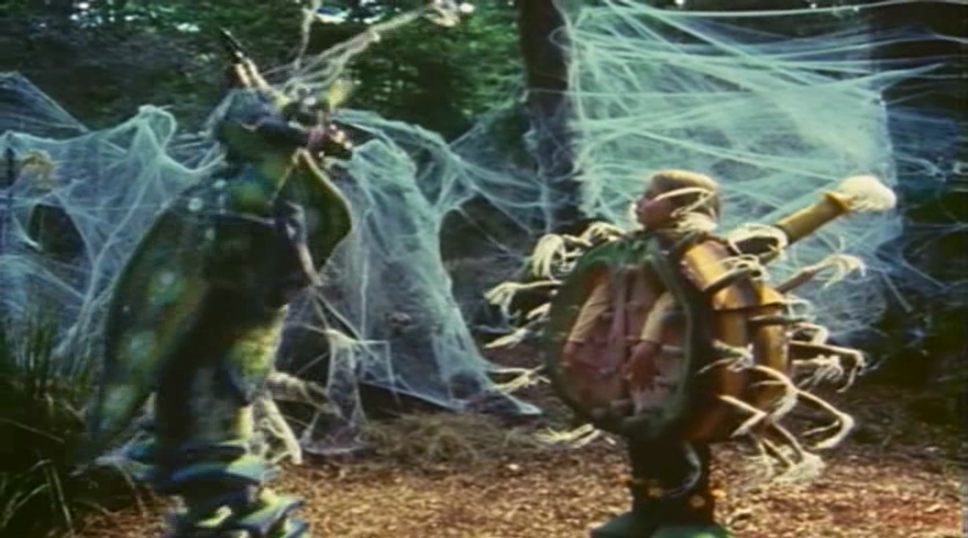
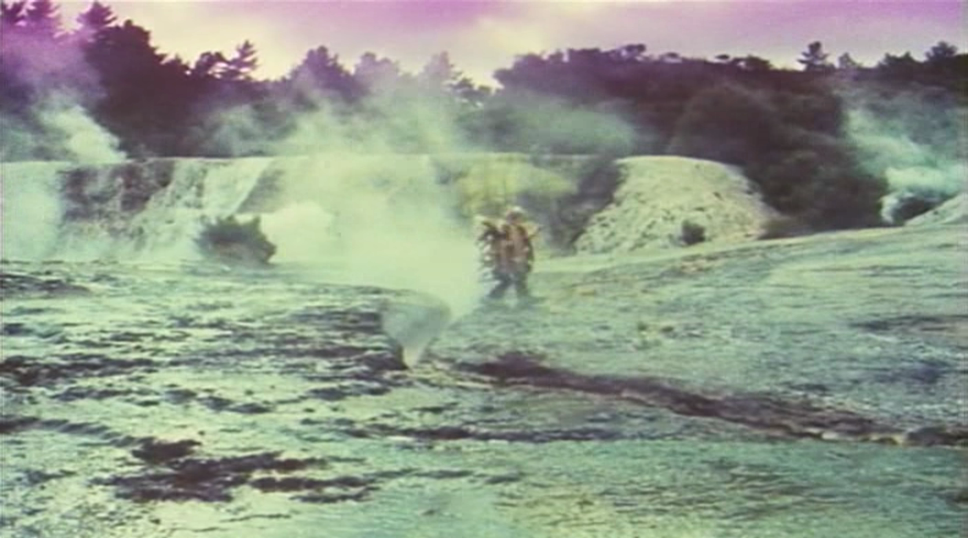
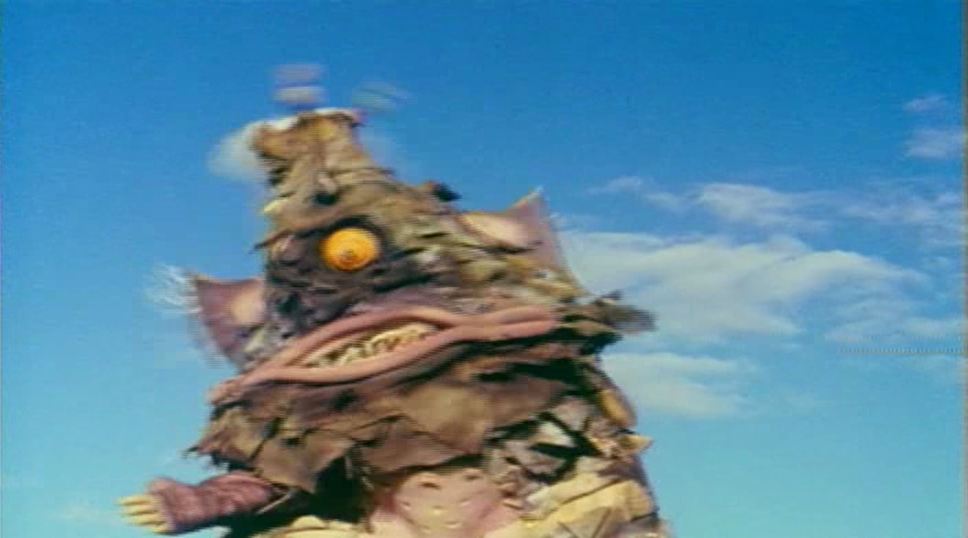
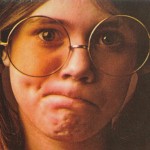
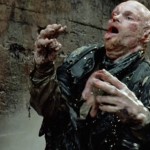
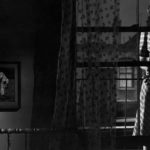
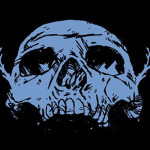



How can I purchase this movie. My daughter has loved it since she first saw it. Have been searching for years. Please let me know
7 yearss agoI don’t know where to buy it, but it’s on YouTube..
7 yearss ago